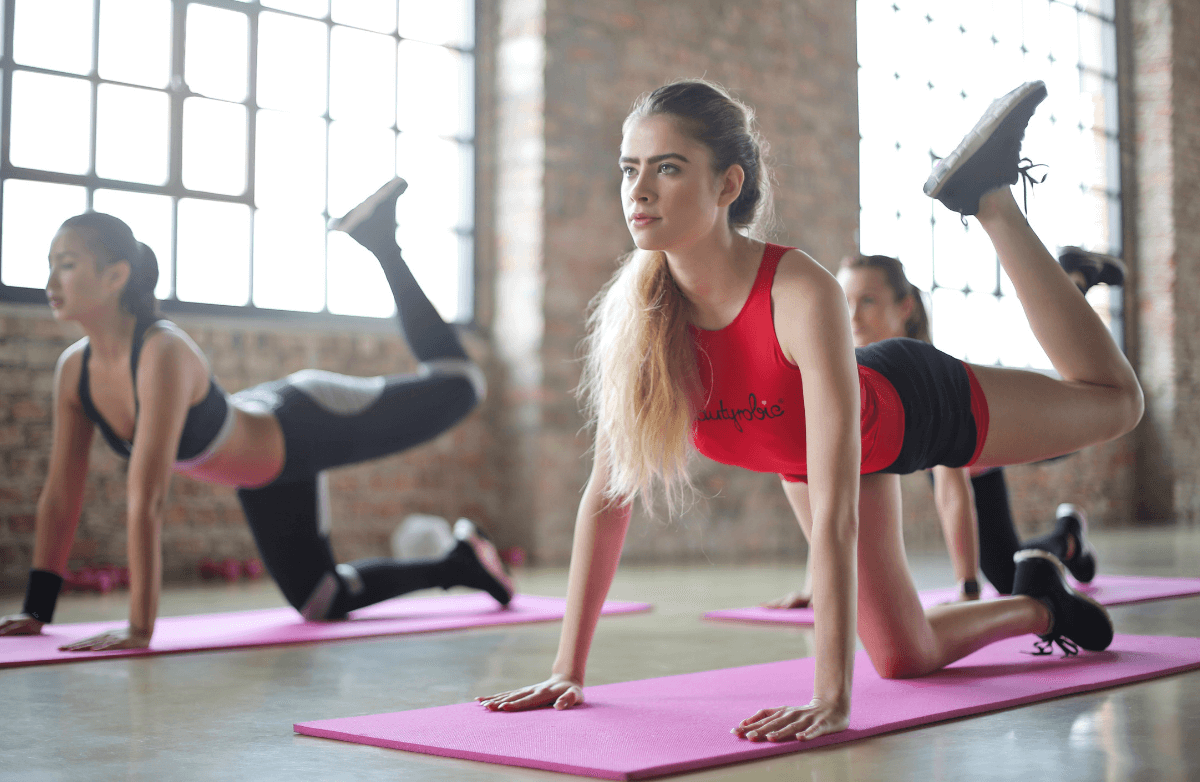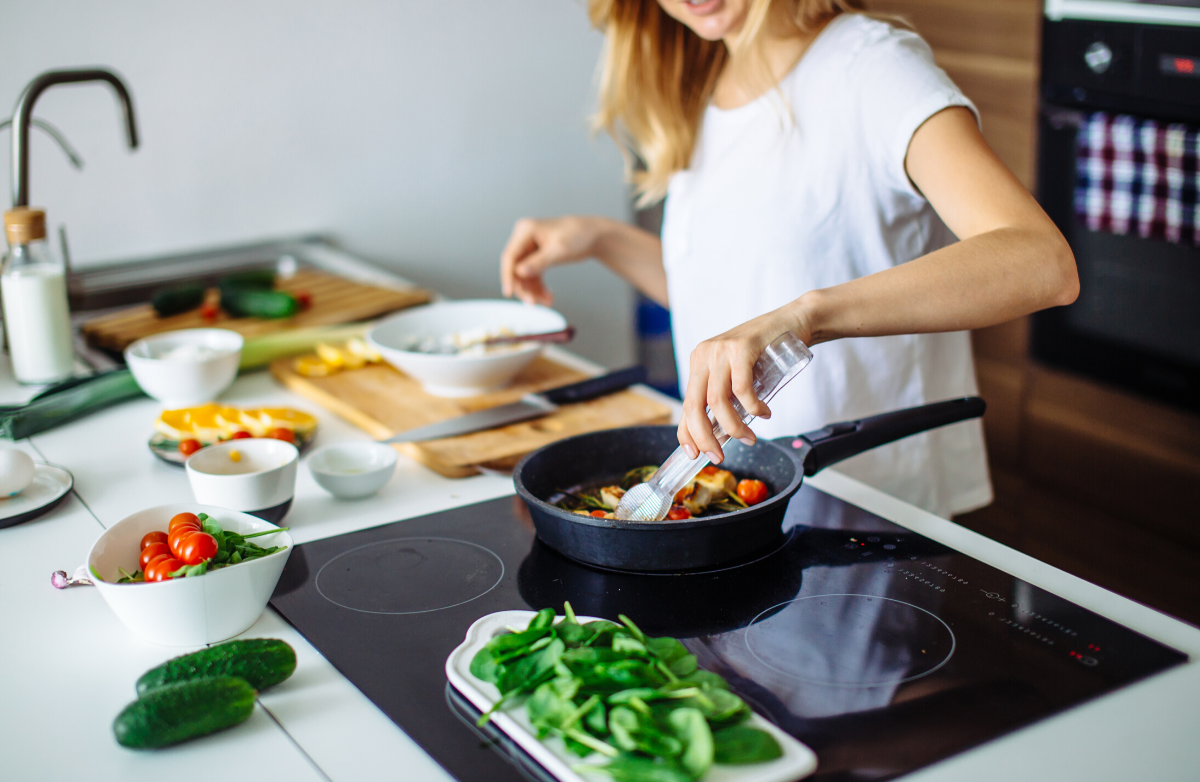|
You've been told hundreds of times that wearing sunscreen is the best way to protect your skin. But there's more to it than just slapping it on. "Most women only apply about 25% to 50% of the sunscreen they really need," says Elizabeth Martin, MD, a dermatologist in Hoover, AL. You should use at least 1 oz of sunscreen (about how much it would take to fill a shot glass) to cover your face and all exposed areas of your body. As the day goes on, don't forget to reapply, especially if you're spending time outdoors. In that case, put on more at least every two hours. And keep in mind: A typical bottle of sunscreen is 8 oz, which means that if you're using it right, you should finish at least two bottles every sunny season, says Linda K. Franks, MD, director of Gramercy Park Dermatology in New York City. Flip through for more smart sunscreen tips and skin protection advice. Do you follow these sun protection tips? Do you have any other sun protection tips that aren't listed here? Provided Photo |
Popular EntriesMore From SparkPeople
|




















